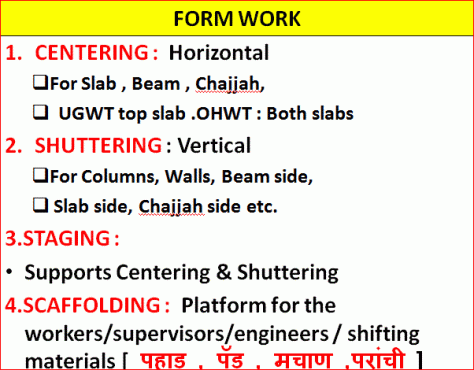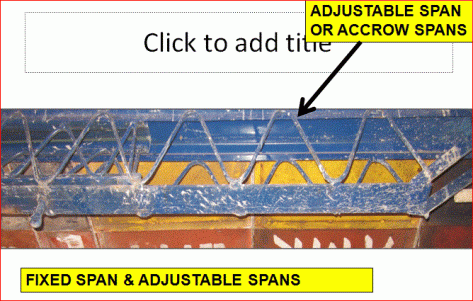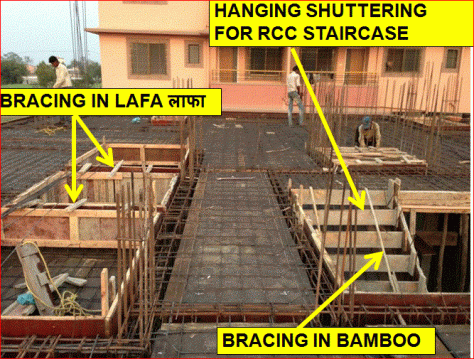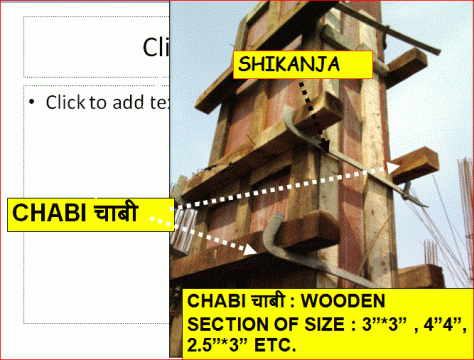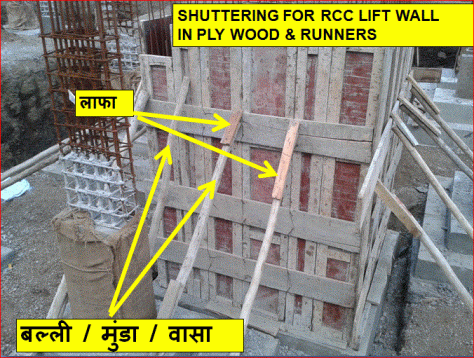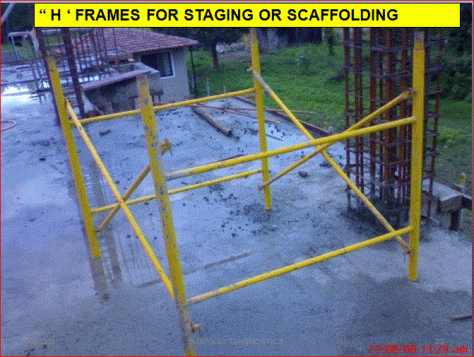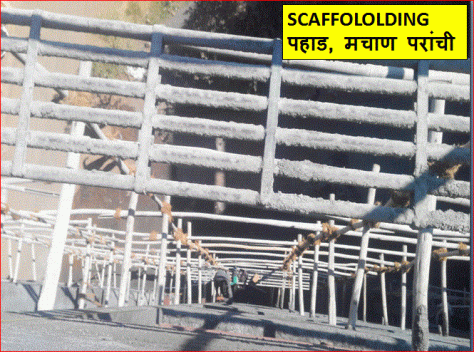Answer by Saket Roy:
A2A.
I will keep it to the point as far as possible. For definition and detailed manufacturing process of TMT and HYSD bars you can of course Google or look at other answers. But how we Civil Engineers use these two terms matters the most, at least to me.
So, what do we call an HYSD :
HYSD = Torsed/twisted steel (TOR Steel Bars)
HYSD = Cold Twisted Deformed Steel Bars (CTD Steel Bars)
HYSD = High Yield Strength Deformed Bars (Of course!)
And, TMT Bars:
These are manufactured by a quenching and tempering process which allows the outer surface to cool much faster than inner core and hence making a temperature gradient from bar axis to periphery. This results in harder martensitic outer surface while the inner core cools slowly resulting in ductile inner core.
Now there is a catch! Technically TMT means a type of quenching and tempering process and it would not be precise to call it a Thermal+Mechanical treatment. Because, even the HYSD bars are treated at high temperatures and then rolled and twisted for shaping and hence it is also thermally + mechanically treated. So the difference lies in the exact process of making these two types of bars and not just in their names.
For pros of TMT bars over HYSD and mild steel you can refer to other answers and elsewhere but mainly TMT bars are superior than HYSD because of lesser residual stresses, more corrosion resistance due to hard surface and more ductility for similar strength grade.


